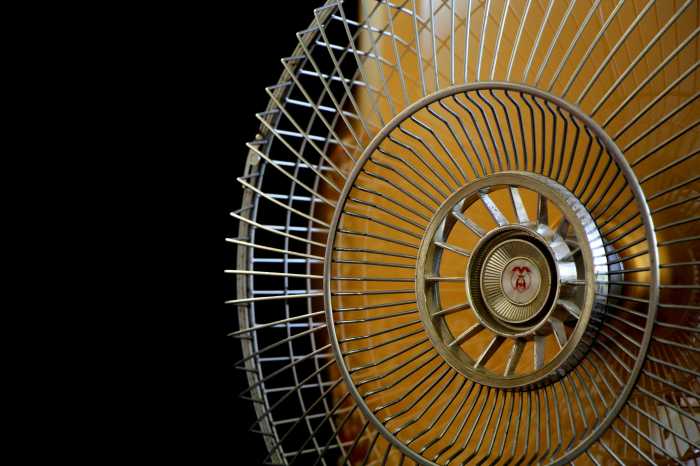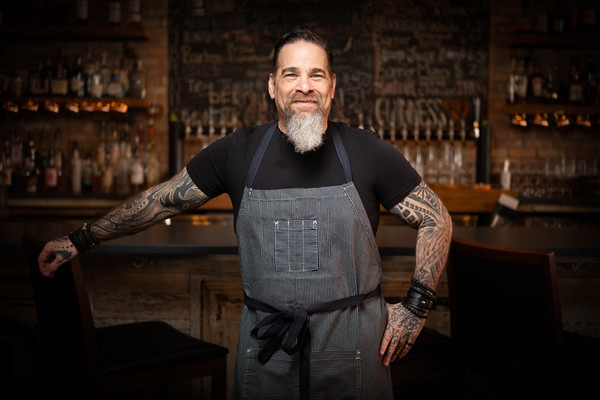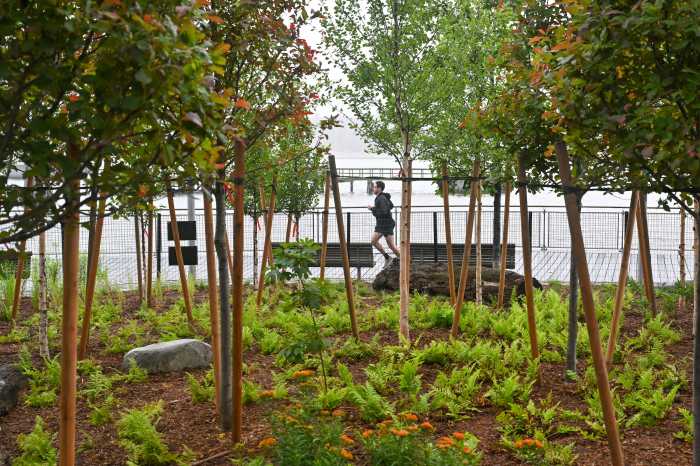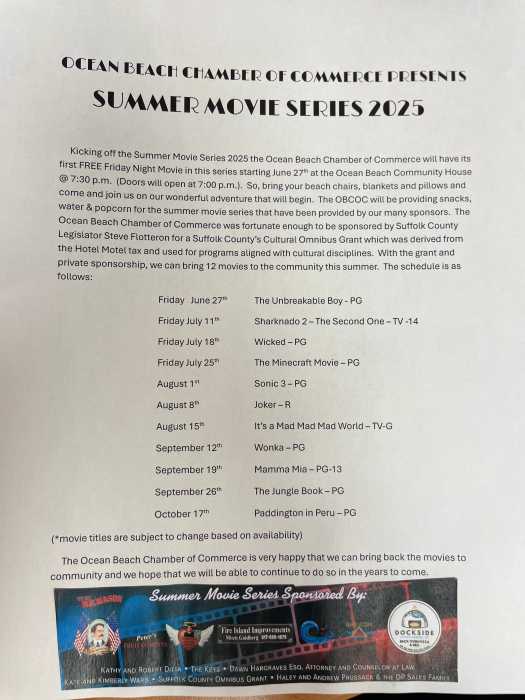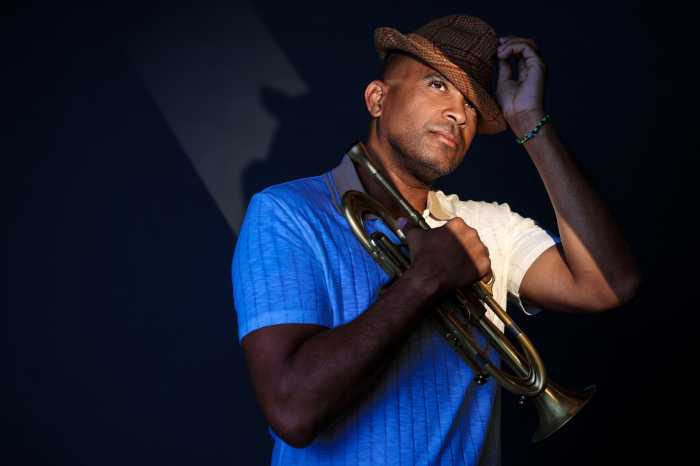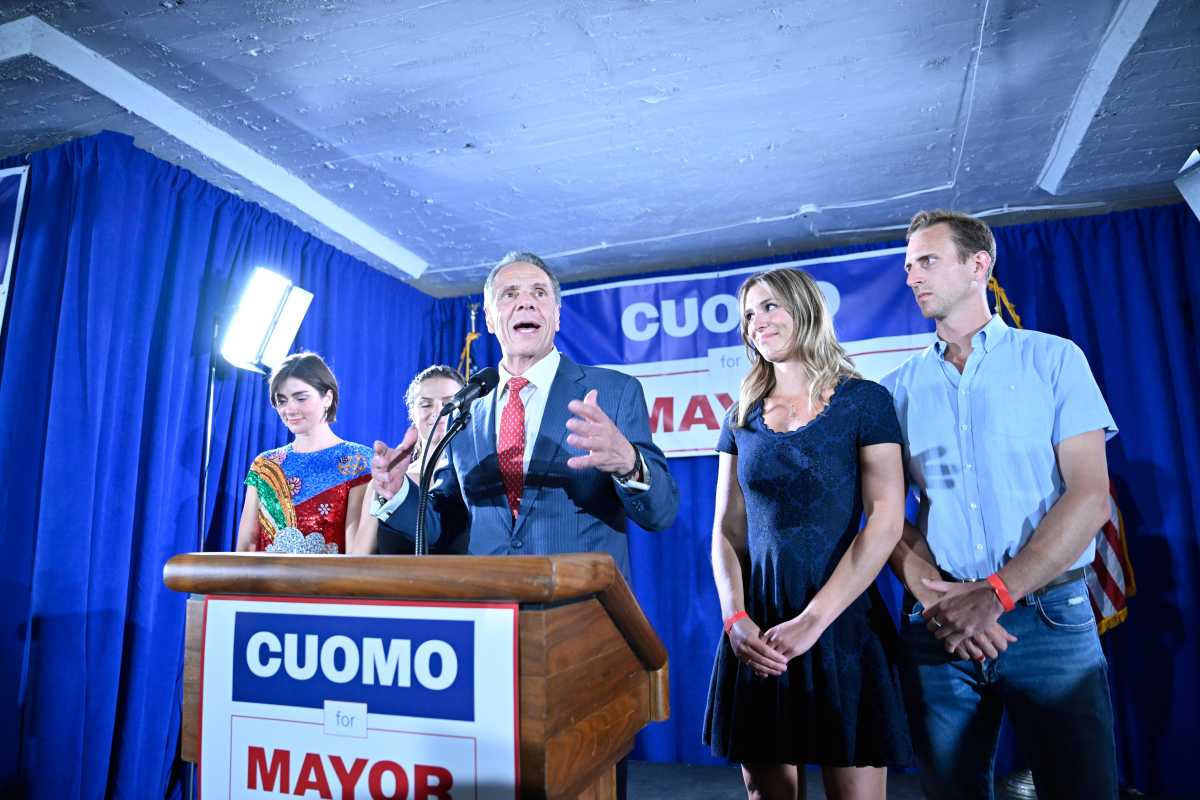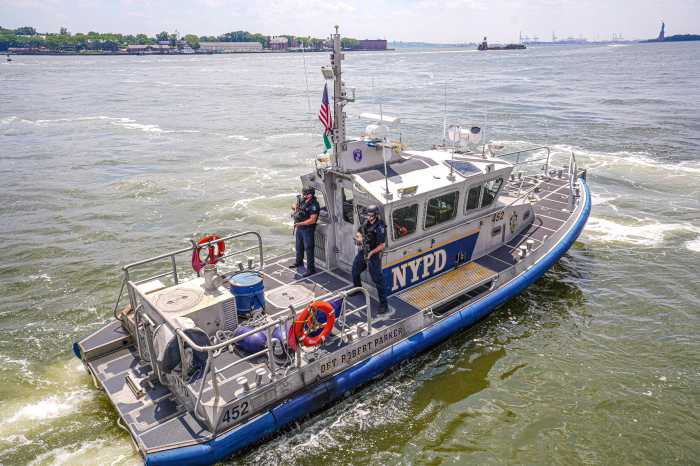City Council member Diana Reyna and some other Southside community activists have a vision: What if, they wonder, the sunken portion of the Brooklyn−Queens Expressway that runs alongside the so−called Rodney and Marcy Parks were capped over with landscaping, creating a wide stretch of contiguous parkland?
The ambitious idea, which focuses on an area roughly between Broadway and Grand Street along the BQE, would accomplish two goals advocates say are critical to the health of Southside residents: It would ameliorate the vehicle emissions from the BQE that give the area its dangerously poor area quality, and it would provide the Southside with some much−needed open space.
“This would be a way to pay back the community for decades of environmental injustice,” said Reyna, who brought up the idea at a meeting concerning Southside parks in late April.
The proposal is far−reaching and ambitious, as Reyna herself admitted when she characterized it as “pie−in−the−sky” at the meeting. It would cost in the hundreds of millions of dollars and possibly necessitate the de−mapping of streets. And because it is not specifically included in Mayor Bloomberg’s PlaNYC 2030 like some other North Brooklyn parks projects, funding it in the near to intermediate future seems unlikely.
But Southside activists say it is nonetheless necessary. They point to the poor air−quality in the immediate area, which is 90 times worse than the nation’s average, according to Luis Garden Acosta, founder and president of El Puente.
They also say that improving the air quality would help make viable the Rodney Parks, which were built concurrently to the BQE and intended as a community give−back.
“Those little green spaces around the highway are nothing but arsenic−laced candy attracting kids in our community to a slow death,” said Garden Acosta.
Community Board 1 member Esteban Duran, who grew up playing sports in the Rodney Parks, said, “Those parks are highly polluted. If you just dribble a basketball five times, your hands are covered in soot.
“It’s a different soot than what you normally get in playgrounds,” he added. “And that’s all from the emissions from the highways.”
As a child, Duran had asthma, a condition that besets many Southside residents. Statistics show that asthma rates are highest in areas closest to the BQE.
In 2008, Reyna heard about a study conducted by the Brooklyn−based landscape design and consulting firm dlandstudio that examined the feasibility of capping a sunken portion of the BQE in Cobble Hill and Carroll Gardens.
That preliminary study showed that such an idea might be feasible. It ultimately resulted in a federal grant from Congresswoman Nydia Velazquez for a more comprehensive study, which will soon go out for Request for Proposal.
When Reyna heard about the study, she contacted dlandstudio, and the firm did a preliminary study of the area in Southside Williamsburg in 2008.
“There’s a lot of existing parkland on either side, and it’s entirely possibly to cap over it to increase the amount of parkland in the area,” said Susannah Drake of dlandstudio. Drake is also president of the New York Chapter of the American Society of Landscape Architects.
Drake said capping the BQE with parkland would enable landscapers to “employ a bio−accumulator species of plants to absorb toxins.”
This would kill two birds with one stone: The air would be cleaner, and the neighborhood would have more parkland.



